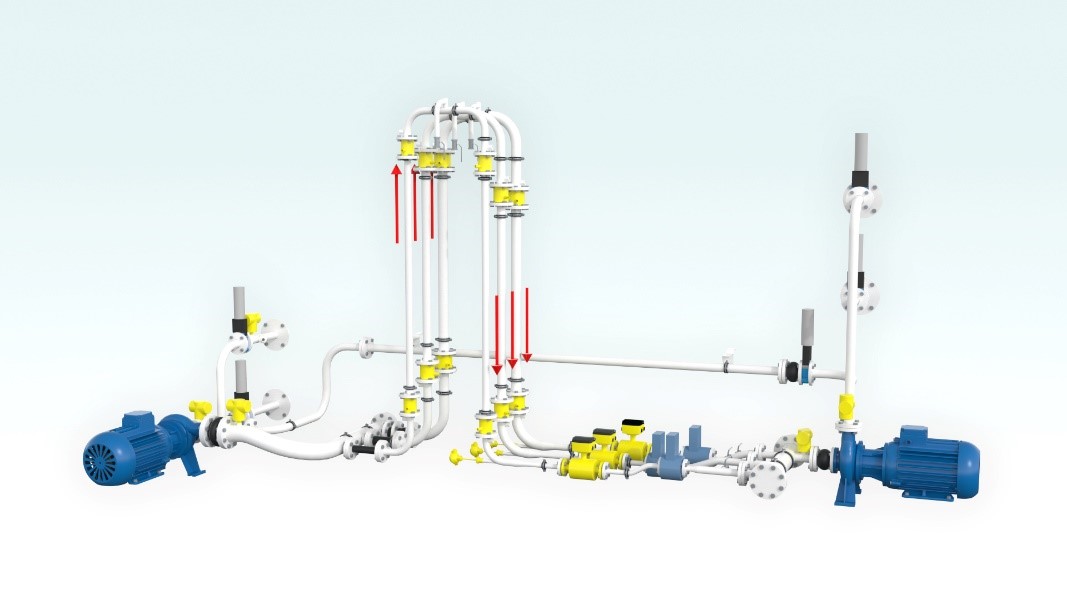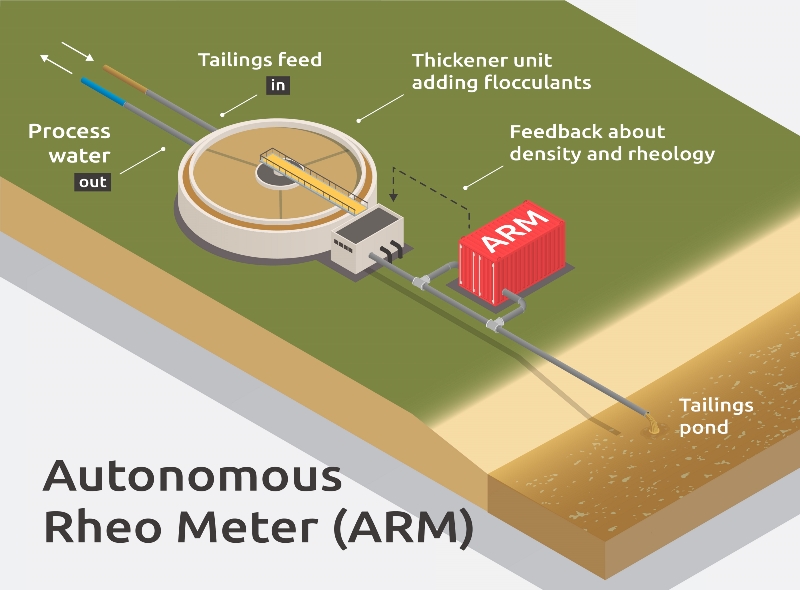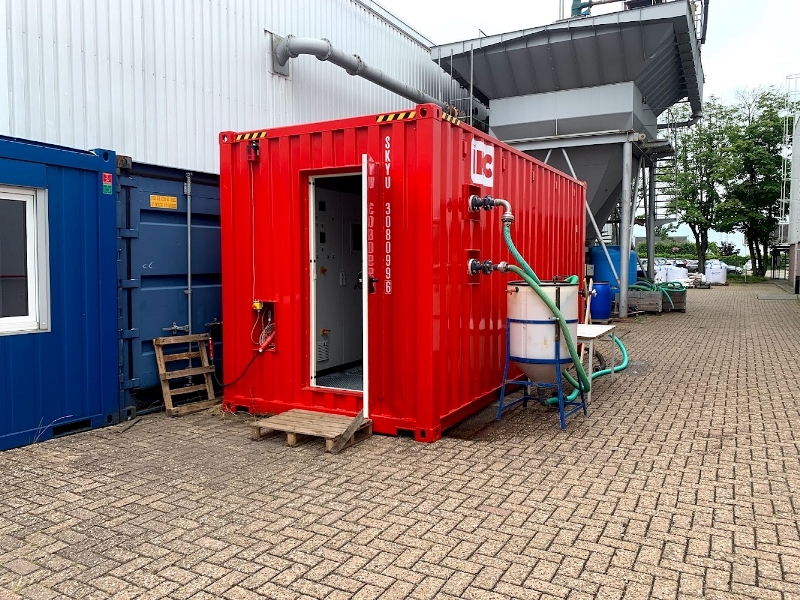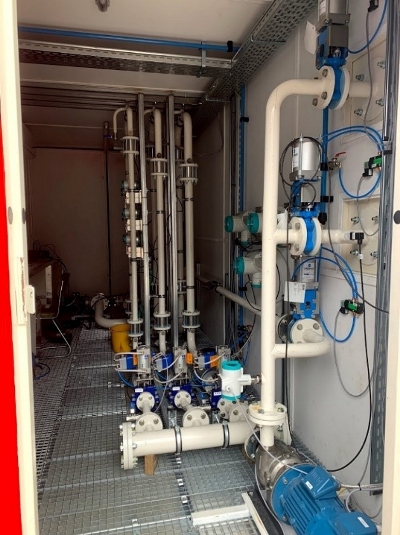Reducing water consumption in mining with an Autonomous Rheo Meter

-

Wiebe
BoomsmaR&D Manager Mining
Due to the growing global population, the shift to renewable energy sources and the increase in electric transportation, there is a rising global demand for base metals such as copper, lithium and nickel. Those battery metals are crucial for the energy transition and so miners will invest more and more in projects to meet this rising demand.
Parallel to this shift, the mining sector continuously aims to reduce the often adverse environmental effects of their operations. One of those effects is that of water consumption. Due to the shortage of fresh water, but also for environmental considerations, finding ways to reduce the water consumption by mines is crucial. This is one of the key reasons why tailings thickeners are used: they settle out suspended solids and return the water back to the process plant to reduce the need for external fresh water.
For optimal operation of these tailings thickeners, an automated control system is required to accurately add flocculants. Flocculants are used to enhance the thickening of tailings, thus resulting in an increased water recovery. However, control of these tailings thickeners based on solids content measurements or density measurements alone has been proven insufficient. This due to the fact that the thickened tailings rheology governs the efficiency and quality of thickening, slurry transport, and deposition. In addition, manual measurements of the rheology don’t provide enough information for the control system, because of the low frequency by which it is measured – most often once or twice a day.
 Figure 1 – The Autonomous Rheo Meter as part of the tailings process
Figure 1 – The Autonomous Rheo Meter as part of the tailings process
Real-time data, 24 hours a day, 7 days a week
To enable the plant operator to continuously measure the rheology of the mine tailings, Royal IHC and Deltares joined forces to develop the Autonomous Rheo Meter (ARM).
 Figure 2 – The Autonomous Rheo Meter in its container
Figure 2 – The Autonomous Rheo Meter in its container
The ARM is a large scale autonomous rheometer using a side stream of the tailings underflow from the thickener unit. Inside the ARM container, there are three U-loop pipes between the pumps, with a different nominal inner diameters. The sizes are not universal, but specific to the tailings and application of interest. These will be determined case-by-case based on the expected shear strength and dynamic viscosity of the tailings.
The ARM, equipped with two centrifugal pumps, one near the inlet and the other one just before the outlet, forces the tailings through the system and back to the tailings pipe. The system is further equipped with controllable pinch valves and flow sensors downstream of the U-loops for precise control of the flow velocity in the U-loops. In addition to being supplied with an auxiliary water flush system for cleaning and calibration.
 Figure 3 – A schematic representation of the rheo meter
Figure 3 – A schematic representation of the rheo meter
The ARM measures the rheology parameters of non-newtonian slurries, creating a rheogram every 10 minutes. Unlike other meters, this no longer needs to be done manually, resulting in more and improved measurement data, limited maintenance requirements and real-time data, 24 hours a day, 7 days a week.
 Figure 4 – The rheology system with the three U-loops
Figure 4 – The rheology system with the three U-loops
The ARM is also explained in this video.
Where industry and research meet
Originally, the ARM was designed for the measurements of tailings, but it can be used in all other situations where the rheology or viscosity of a slurry is of interest while being transported in a continuous manner. This information can be relevant for example in the optimization in dewatering of tailings as described above, or when the characteristics of a slurry are needed to be able to transport it over long distances.
We are proud to be part of this unique development offering a number of benefits to users and the industry as a whole. The ARM is great example of what happens when industry and research institutes join forces to create an industrial viable solution based on scientific research, combined with high-end instrumentation – all wrapped up in a robust containerised package!
Written by
Wiebe Boomsma
R&D Manager Mining

Interested in our RheoMeter?
Let us know and our experts will contact you.